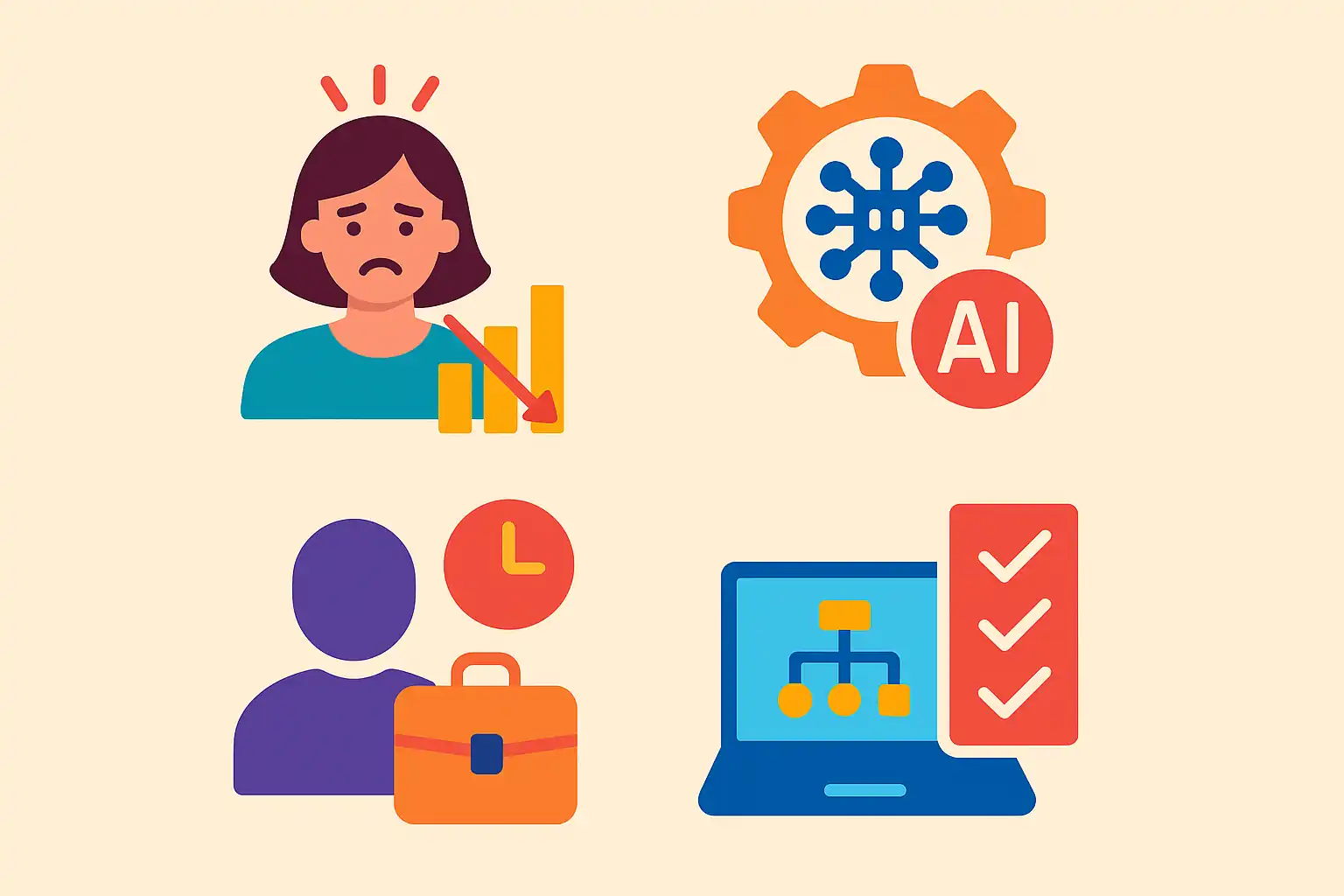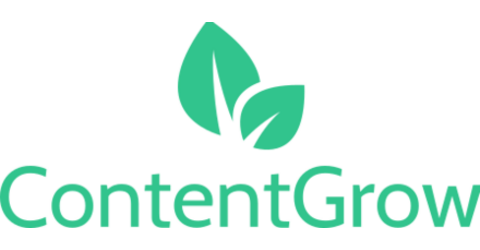Overworked? Marketers turn to AI for help
AI is stepping in where marketing teams fall short. Learn how it's filling the resource gap.

Marketing teams are under pressure to deliver more campaigns, content, and data-driven results. But many teams are already stretched.
According to Microsoft's 2025 Work Trend Index, 80% of workers say they lack the time and energy to finish their work. Expectations are increasing, but resources are not.
To address this, companies are adding AI to help close what Microsoft calls the “capacity gap.” Instead of hiring more people, teams are starting to rely on AI agents that can complete routine tasks. This model helps teams meet rising demands without growing headcount.
For marketers, this means that AI is no longer just an assistant. It is being assigned real tasks.
Short on time?
Here’s a quick look at what’s inside:
- What the capacity gap means for marketers
- Where AI is being deployed inside teams
- How digital labor is replacing manual busywork
- What marketers should prepare for
What the capacity gap means for marketers
The capacity gap is the space between what leadership expects and what teams can actually deliver. Marketing teams are often asked to launch more campaigns across more channels while maintaining or improving results. Budgets and team size usually stay the same.
The report notes that a large portion of employees’ time is spent on low-impact work. This includes status updates, formatting reports, tracking down files, or setting up slides. In marketing, this overhead slows down the team’s ability to focus on planning and creativity.
As the volume of requests grows, teams are forced to pick between slowing down or cutting corners. AI is now being used as a third option—offload the repetitive work.
Where AI is being deployed inside teams
Microsoft’s research lists examples from various industries. Dow uses AI agents to detect errors in supplier billing. Wells Fargo deployed an agent to help bankers pull internal information faster. Bayer’s R&D team saved six hours a week per person by automating research.
In marketing, similar patterns are appearing. AI is now being used to generate first drafts, create content calendars, summarize audience insights, and compile performance dashboards. Instead of assigning these tasks to junior staff, some companies assign them to AI systems that run in the background.
Tasks that don’t need original thinking on the first pass are the most common entry points for AI. The human role remains important, but the heavy lifting at the start is handled by machines.
How digital labor is replacing manual busywork
The report shows that 45% of business leaders plan to increase the use of AI instead of hiring more people. Another 33% are considering reducing team size as AI becomes more capable.
Rather than adding more staff to deal with growing workload, teams are using AI to increase throughput. In marketing, this means that an AI platform handles the basic layer of execution—like preparing a campaign brief, repurposing existing copy, or assembling a performance report.
One person can now do work that used to require a small team. The added capacity doesn’t come from working overtime. It comes from delegating simpler work to systems that can complete it instantly.
What marketers should prepare for
AI is not replacing marketers. But it is changing what they spend time on. Tasks like reviewing AI output, setting clear instructions, and refining automated results will become standard across many roles.
To stay effective, marketers need to build four core skills: writing prompts that guide AI agents, checking the accuracy of outputs, refining content for audience fit, and planning workflows that combine both human and automated steps.
These skills apply across content, advertising, CRM, and analytics. The teams that build them early will be able to do more without sacrificing quality.
Marketing teams are reaching their limits. The work keeps increasing, but time and people stay flat. AI is being brought in to help carry part of the load.
When used to reduce low-impact manual work, AI becomes a way to grow capacity without changing the team size. For marketers, this means learning how to manage AI agents—not just tools—is now part of the job.
Source
Microsoft, 2025 Work Trend Index Annual Report


